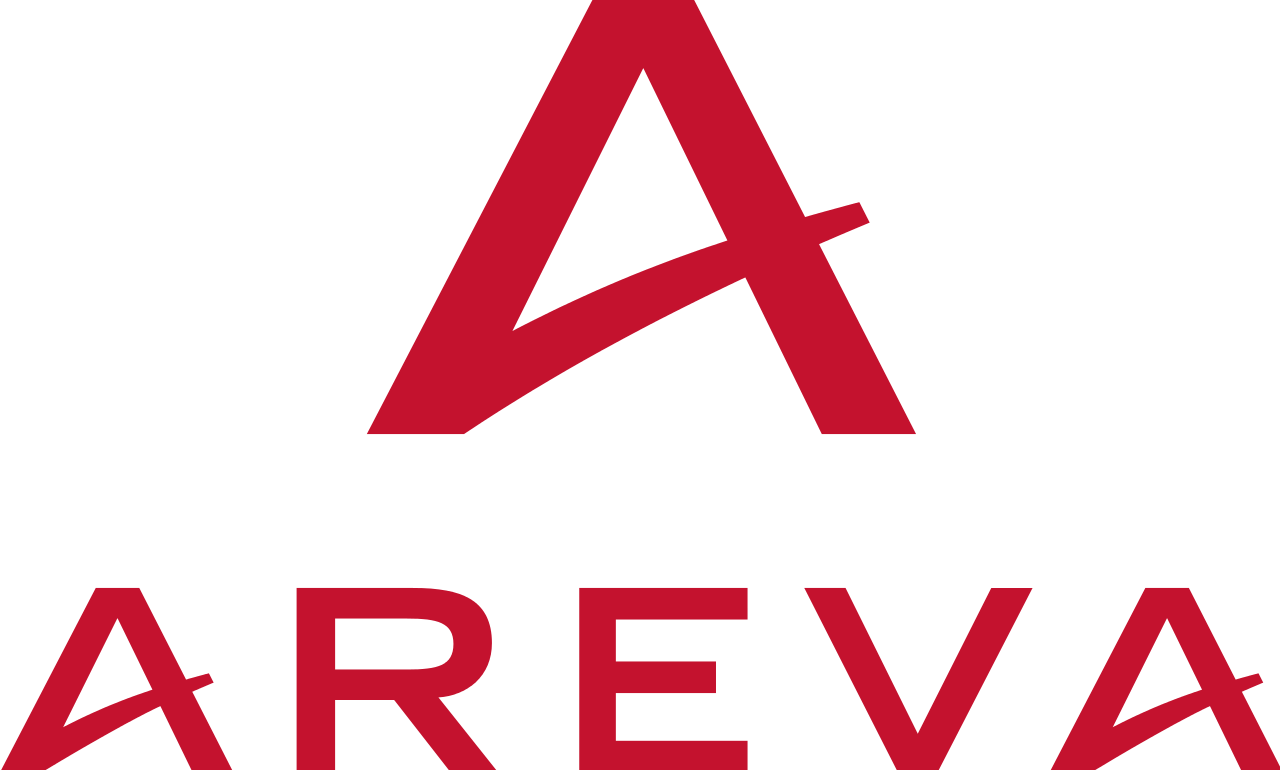The report referred to in two recent newspaper articles concerning security at COGEMA La Hague comes from Wise-Paris, a well-known anti-nuclear organization, whose positions are plainly stated at its Website.
COGEMA regrets that it was not asked for its opinion before articles reflecting the views of a single partisan source were published.
A report lacking the endorsement of European experts
The report in question does not address in any way the risks related to a commercial airliner's crashing into the plant at La Hague. Its sole purpose is to analyze the environmental impact of the spent-fuel reprocessing plants at La Hague, in France, and at Sellafield, in England.
From the beginning, objections were raised over the way the STOA the European Parliament's Science and Technology Options Assessment Panel chose Wise-Paris to carry out this study. These objections came in particular from European Parliament members who were aware that Wise was not an impartial organization.
To COGEMA's knowledge, the document submitted to the STOA is a draft report, and its conclusions will remain provisional until experts and European Parliament members have examined them. This examination would determine the scientific accuracy of the report.
A totally unsupported scenario
The lack of scientific rigor of the Wise-Paris study is illustrated first by its comparing the La Hague plant with Chernobyl. The plant at La Hague is a chemical plant that can in no way be likened to a nuclear reactor, and its activity reduces the risk of accidents due to an airplane crash. The spent fuel present at the site is in fact less vulnerable there than it is in or near a nuclear power plant. As for the vitrified nuclear wastes that come from the reprocessing, they are totally inert and pose absolutely no risk.
Wise-Paris also makes the assumption that all the cesium contained in the fuel stored in the pools would be released into the environment.
This assumption is scientifically unfounded for several reasons:
- In the first place, the fuel is very well protected inside cladded assemblies, which are held in metal compartments. These are stored four meters under water.
- The fuel is cooled continually at an average temperature of 40°C, and in the very unlikely event that it were not covered with water, it would take several days for it to rise to the temperature it reaches in the reactors.
- Last, means are available at the plant to maintain the temperature of the fuel at a level that would remove any subsequent risk of fusion.
Well before the terrorist attacks in the United States, COGEMA studied the possibility of the pools' emptying completely as a result of an accident. It was determined that they would not empty immediately and that the reheating of the radioactive materials would be spread over several days, leaving time for the plant's fire protection system to work effectively. In fact, the COGEMA plant at La Hague has an emergency center and a staff of some 50 highly specialized firefighters who are familiar with the installations. The facility's own fire-fighting resources are equivalent to those of a city with 35,000 inhabitants.
A highly protected site
The La Hague plant has the benefit of what is called an in-depth defense. A thick layer of extremely strong concrete protects almost all the buildings there.
As the Director of the Nuclear Security Authority has stated in recent days, no nuclear installation has been designed to withstand the impact of a commercial airliner. COGEMA and the Nuclear Security Authority had allowed for the possibility of the crash of a twin-engine aircraft, but they had deemed the accidental crash of a widebody airliner too improbable (less than 1 in 100 million) to deserve consideration. However, when the site was designed, studies were done of exceptional events, including the extreme consequences of the pools' emptying completely due to an accident of unidentified origin.
These studies showed that the emergency means and procedures in place would be adequate to deal with such a situation. Nevertheless, the risk of a commercial airliner's being intentionally crashed into the plant and thus into the pools remains extremely small. Even outside periods of high alert, the plant site is considered a sensitive location. It is kept under surveillance and provided with appropriate means of protection.
This means that permanent overflight restrictions are in force in the area of the plant. Under new government security regulations, the overflight ban has been extended to a 10-km radius and a minimum altitude of 5,000 feet (1,524 meters).
The layout of the plant itself makes the scenario imagined by Wise unrealistic.
- The structures are partially built under ground, and the pools occupy a small area in relation to the total area of the installations around them. It would thus be impossible for an airplane to crash vertically into a pool.
- The pools at La Hague are surrounded by other buildings that would constitute an initial barrier to an airliner's crashing into them.
- The pools are separate from each other, and their layout makes it impossible to strike them simultaneously.
Security on the ground at the La Hague installations is assured by COGEMA's own special security forces. The entire site is surrounded by a double fence and equipped with highly sophisticated detection and telesurveillance systems. Access to the most sensitive areas is restricted to authorized personnel.
Application of the reinforced Vigipirate anti-terrorism plan since 11 September has meant additional security measures. In particular, visits by the public to the site have been suspended since that date.
In addition, with the government's decision to bolster air protection at sensitive sites around the country, Crotale ground-to-air missiles have been stationed near the plant, at Flottemanville-Hague, since 19 Octobe
